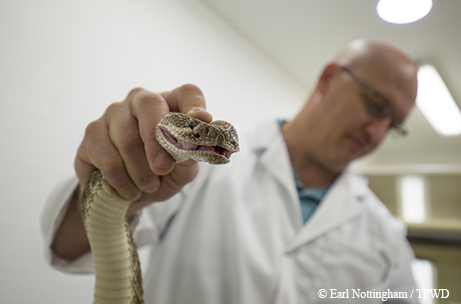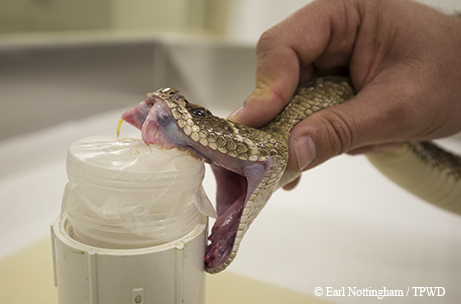TPW TV: Birding in the Brushlands
Friday, April 15th, 2016This is Passport to Texas
The Texas Parks and Wildlife PBS Television series broadcasts a segment the week of April 17 on birdwatching in the brushlands of South Texas.
I can go to the outdoors and have something to do, and it’s something you know it’s kind of relaxing and peaceful. You just need your binoculars and you can just do it anywhere! So that’s what I like about it and the birds are neat ya know! To see different birds!
Ruayda Bouls is one of the birdwatchers you’ll meet on the show. Texas Parks and Wildlife Ornithologist Cliff Shackelford makes an appearance to help guide the birding enthusiasts.
[Cliff Shackelford] Look at all those Chachalaca’s sitting there!
[Ruayda Bouls] It’s not very bright but I like the noise it makes!
[Cliff Shackelford] It would make a good ring-tone wouldn’t it!
[Ruayda Bouls] Yeah! Ha!
[Cliff Shackelford] Chachalaca, Chachalaca, Chachalaca!
There are 500 bird species in the south Texas ecoregion where they shot the segment, and birder, Josh Anderson, isn’t shy about picking a favorite.
13— My favorite probably is the Green Jay, I know that’s kinda like the hallmark of South Texas down here, everybody will come from miles around just to see that bird! It’s just cool, a lot of them are like camouflaged or blending in, but that one really pops out!
Birding in the Brushlands airs the week of April 17 on PBS stations statewide. Check your local listings.
For Texas Parks and Wildlife…I’m Cecilia Nasti






 Passport to Texas is a
Passport to Texas is a  Passport to Texas is made available by:
Passport to Texas is made available by: